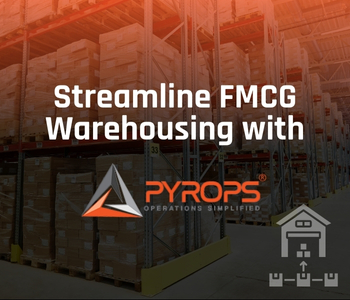India witnessed a significant surge in demand for industrial warehousing spaces, reaching an unprecedented 64.5 lakh sq ft, as reported by Savills India. This growth was primarily driven by the booming e-commerce, logistics, and manufacturing sectors. The increase in online shopping, supply chain advancements, and a growing manufacturing base are key factors contributing to this record demand.
Factors Driving Increased Demand
The rise in industrial warehousing demand is closely linked to the expansion of e-commerce businesses. With more consumers preferring online shopping, businesses are required to maintain larger and more efficient warehousing facilities. Furthermore, advancements in logistics technology have improved the management and distribution of goods, further fueling demand for storage spaces.
Additionally, the manufacturing sector’s robust growth has added to the demand for industrial warehouses. As production facilities expand and businesses scale their operations, the need for sophisticated warehousing solutions has increased.
Regional Trends
Across India, key regions have demonstrated significant growth in industrial warehousing demand. Cities like Mumbai, Delhi, Bengaluru, and Pune have emerged as major hubs for warehousing activities. These regions have seen substantial investments in infrastructure to support the growing needs of businesses operating in various sectors, including pharmaceuticals, electronics, and automotive.
Transitioning to a more technology-driven approach in warehouse management has become crucial for organizations to maintain a competitive edge. Automation and smart storage solutions are gaining traction, making it imperative for businesses to adapt to these advancements to meet evolving market demands.
Role of Policy and Infrastructure
Government policies encouraging the development of industrial zones and infrastructure improvements have played a pivotal role in supporting the growth of warehousing spaces. Initiatives such as the “Make in India” campaign have facilitated the creation of industrial corridors and economic zones, promoting the establishment of advanced warehousing facilities.
Simultaneously, private sector investments in advanced warehousing solutions are aligning with the growing need for integrated logistics networks. With the support of policies and infrastructure development, businesses are able to streamline their supply chains, reducing operational inefficiencies.
Challenges and Solutions
While the demand for industrial warehousing spaces has surged, several challenges persist. These include rising costs, space optimization issues, and maintaining sustainable practices within warehouse operations. To address these challenges, businesses are investing in advanced technologies such as robotics, artificial intelligence, and IoT-enabled solutions.
Moreover, the focus on sustainability and energy efficiency is driving innovation in warehouse management practices. Companies are increasingly adopting eco-friendly solutions, reducing the environmental impact of warehousing activities while ensuring smooth operations.
Conclusion
The record demand for industrial warehousing spaces in 2024 underscores the evolving landscape of India’s logistics and manufacturing sectors. With continuous advancements in technology, government support, and shifting market dynamics, businesses are set to benefit from well-planned and strategically located warehousing facilities. As the industry evolves, maintaining adaptability and efficiency will be essential for sustained growth in the future.







